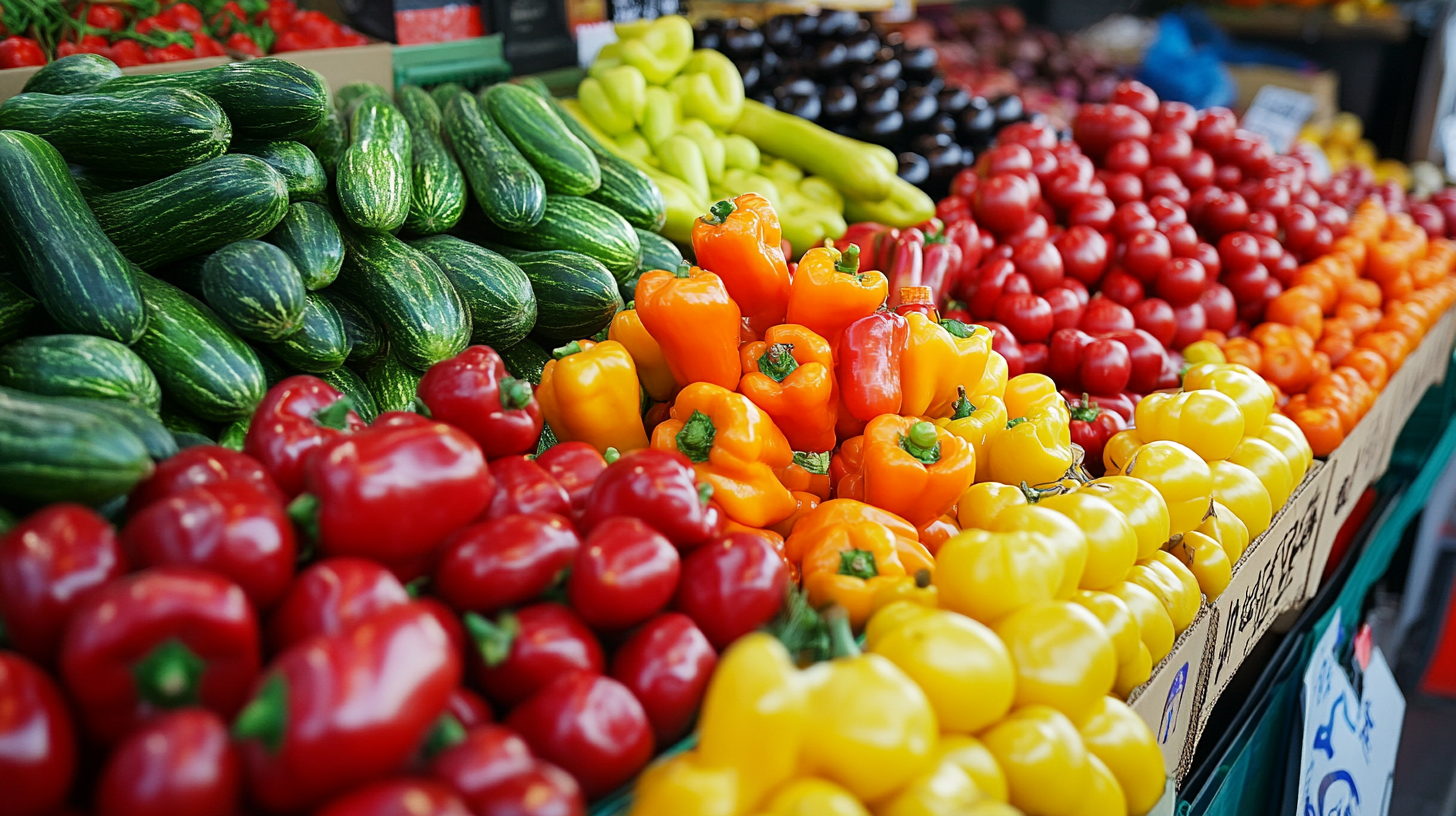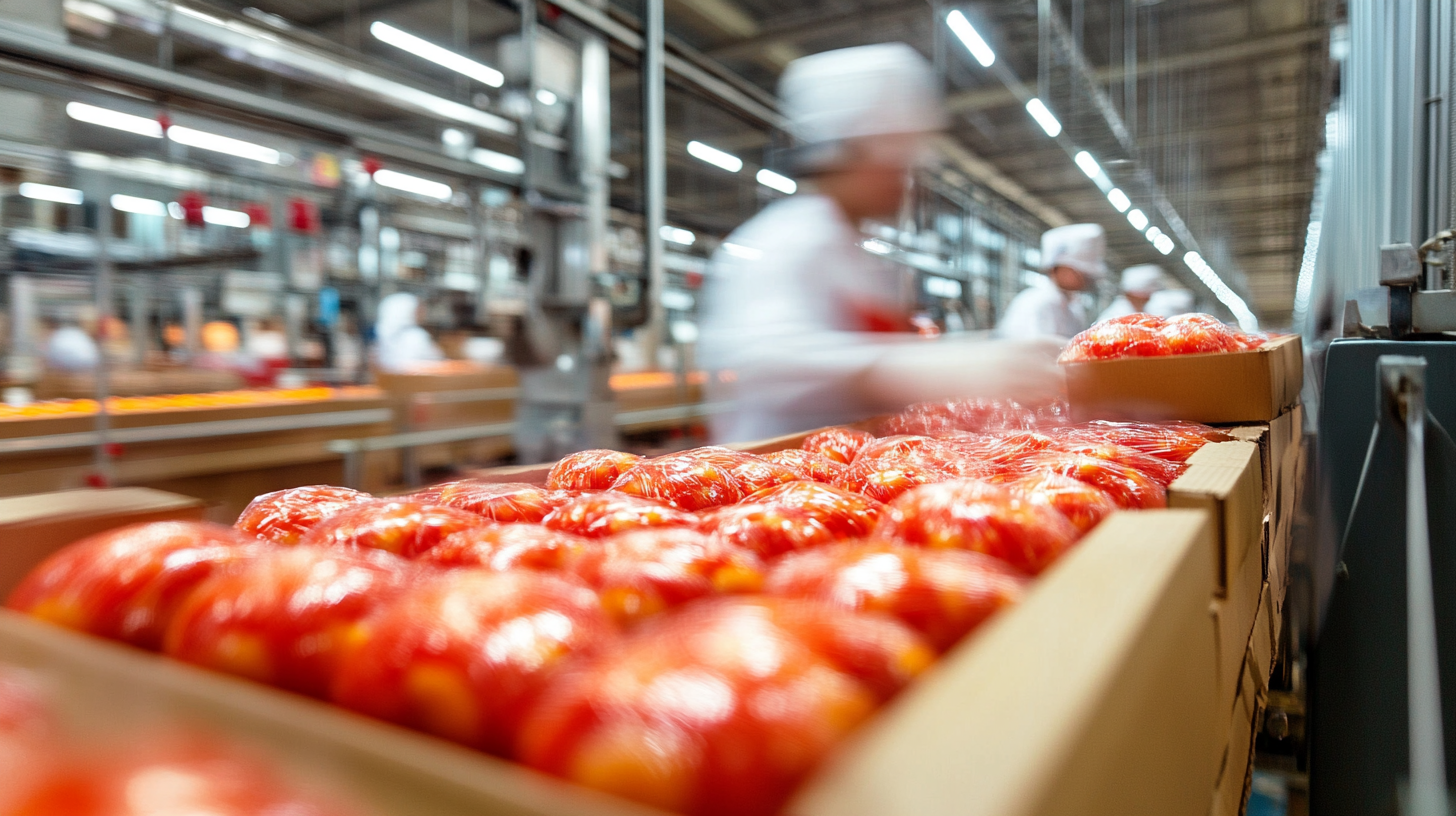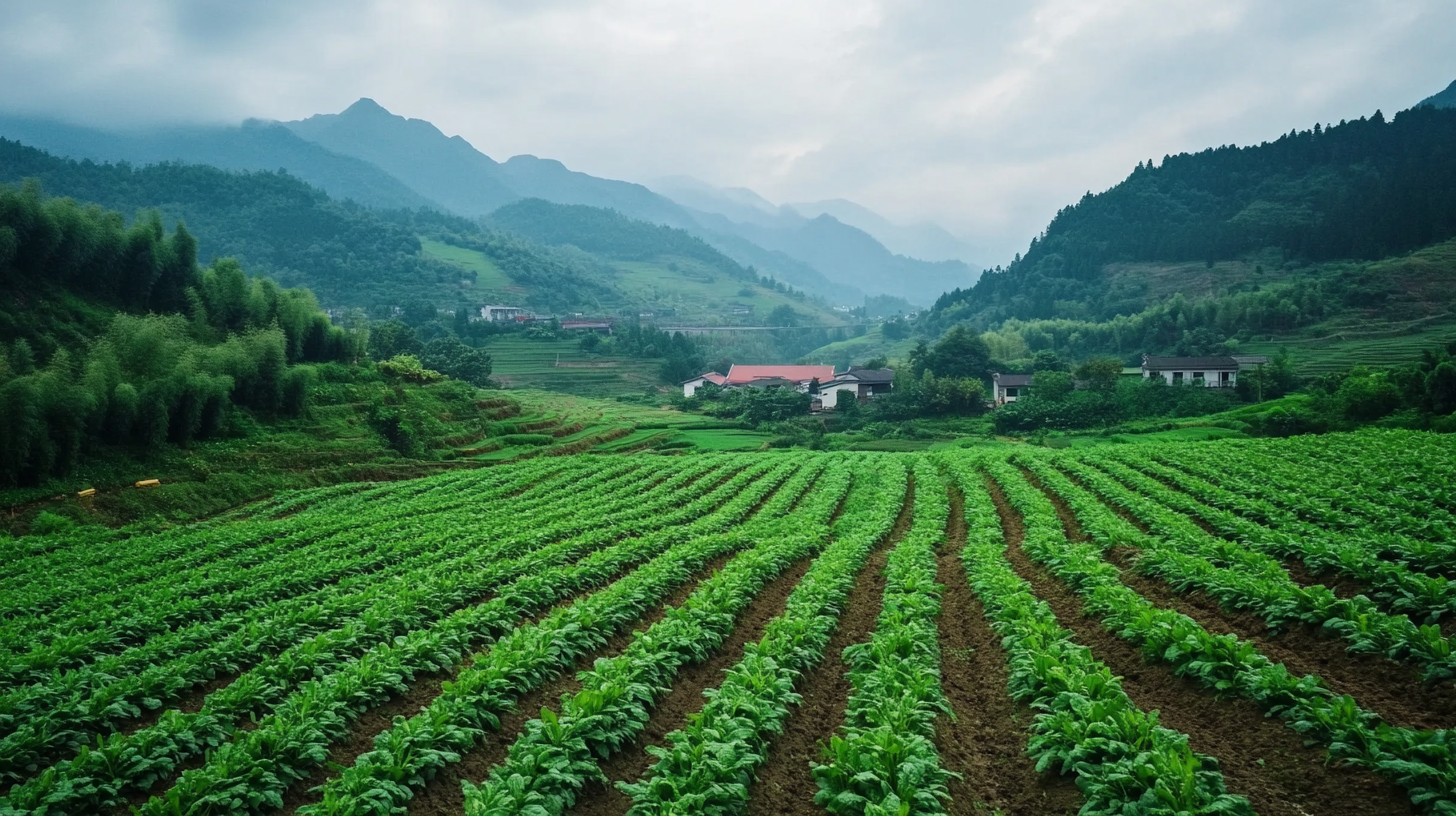China's Resilient Growth in Food Packing Solutions Amid US China Tariff Challenges
In the face of escalating trade tensions and tariff challenges between the United States and China, the food packing industry has demonstrated remarkable resilience, particularly in the segment of Retort Pouches for Food Packing. These innovative packaging solutions are not only enhancing food preservation but are also adapting to the evolving market demands amid geopolitical uncertainties. As Chinese manufacturers continue to innovate and streamline their production processes, they are ultimately positioning themselves to capture a greater share of the global market. This blog explores how the production and utilization of Retort Pouches for Food Packing reflect China's strategic response to tariffs, showcasing their commitment to maintaining quality and efficiency while navigating economic challenges. Through resilience and adaptability, China's food packing solutions are paving the way for sustainable growth and continued success in a competitive landscape.

Emerging Opportunities in China's Food Packaging Industry Amid Tariff Pressures
China's food packaging industry is showing remarkable resilience in the face of US-China tariff challenges. As trade tensions fluctuate, many companies are pivoting towards innovative strategies to maintain and even expand their market reach. Amid these challenges, emerging opportunities are blossoming, particularly in sustainable packaging and advanced automation technologies. Companies that adopt eco-friendly packaging solutions are likely to attract environmentally conscious consumers, while those investing in automation can enhance efficiency and reduce production costs.
**Tip 1:** Focus on sustainability. As consumers increasingly prefer environmentally friendly packaging, integrating biodegradable materials can set your business apart. Brands that actively promote their commitment to sustainability often see a boost in customer loyalty.
In addition, partnering with local suppliers can minimize logistical challenges and costs associated with tariffs. By cultivating local relationships, businesses can improve supply chain resilience and foster innovation through collaboration. This approach not only mitigates risk but also supports the local economy.
**Tip 2:** Build strong local partnerships. Engaging with nearby suppliers and distributors can help your business navigate tariffs more effectively. Local connections may enhance adaptability and enable quicker response times to market demands.
China's Food Packaging Industry Growth Amid Tariff Pressures
Innovative Strategies Adopted by Chinese Manufacturers to Survive Trade Tensions
Amid the ongoing trade tensions between the United States and China, the Chinese food packing industry has displayed remarkable resilience, leveraging innovative strategies to adapt to evolving market conditions. According to a report by MarketsandMarkets, the global food packaging market is projected to reach $500 billion by 2027, highlighting the significant potential for growth. In response to tariff challenges, Chinese manufacturers are shifting their focus towards sustainable materials and automation technology. By investing in eco-friendly packaging solutions, they not only meet international standards but also appeal to the growing consumer demand for sustainable products.
Additionally, Chinese companies are enhancing their operational efficiency through the adoption of advanced manufacturing techniques, like Industry 4.0 innovations. A survey by Statista indicates that over 55% of food packaging manufacturers in China have integrated smart technology into their production lines to reduce costs and increase flexibility. This strategic pivot helps them maintain competitiveness despite heavy tariffs imposed on exports to the US, as they can offer high-quality products at lower prices to alternative markets in Southeast Asia and Europe. With these proactive measures, the Chinese food packing industry is positioning itself not only to survive but thrive in a challenging economic landscape.
How Chinese Food Packing Solutions Are Adapting to Global Market Demands
In the face of US-China tariff challenges, Chinese food packing solutions are demonstrating remarkable adaptability to meet the evolving demands of the global market. With increasing pressure to innovate and maintain competitiveness, Chinese manufacturers are investing in advanced technologies such as smart packaging and sustainable materials. These innovations not only cater to consumer preferences but also comply with stricter international regulations regarding food safety and waste reduction.
**Tip: Invest in Sustainable Practices**
Embracing eco-friendly packaging can significantly enhance your product’s market appeal. Using biodegradable materials or optimizing designs to reduce waste can attract environmentally conscious consumers and help businesses stand out in a crowded market.
To further enhance their competitiveness, Chinese companies are also focusing on customization. By offering tailored solutions that consider regional preferences and requirements, they are better positioned to meet the diverse needs of international clients. This adaptability is crucial in a landscape characterized by fluctuating trade policies and shifting consumer tastes.
**Tip: Leverage Technology for Customization**
Utilizing data analytics and artificial intelligence can help businesses understand market trends and consumer behavior. This knowledge allows for more informed decisions in product design and packaging, ultimately leading to greater customer satisfaction and loyalty.
China's Resilient Growth in Food Packing Solutions Amid US China Tariff Challenges
| Year | Export Growth Rate (%) | Key Markets | Innovations Introduced | Adaptation Strategies |
|---|---|---|---|---|
| 2020 | -3.1 | Southeast Asia, Europe | Eco-friendly packaging | Focus on local suppliers |
| 2021 | 5.0 | North America, Latin America | Smart packaging technology | Diversification of products |
| 2022 | 8.2 | Middle East, Africa | Biodegradable materials | Cost reduction strategies |
| 2023 | 9.5 | Global | Recyclable packaging | Enhanced online sales platforms |
The Role of Technology in Enhancing Efficiency Within China’s Food Packaging Sector
China’s food packaging sector has shown remarkable resilience despite the ongoing challenges posed by US-China tariffs. A crucial driver behind this adaptability is the integration of advanced technology, which has become instrumental in enhancing operational efficiency. Automation and smart packaging solutions are transforming traditional processes, enabling companies to reduce labor costs and improve precision in their production lines.
The application of innovative technologies such as AI and IoT is particularly noteworthy. AI-powered analytics help manufacturers predict market trends and optimize supply chains, while IoT devices facilitate real-time monitoring of packaging operations. This synergy not only enhances product quality but also minimizes waste, making the food packaging industry more sustainable. As local firms embrace these technological advancements, they are better equipped to navigate external pressures and maintain competitive pricing, ultimately supporting China’s growth in the global market.
As these trends continue, we can expect the food packaging sector to lead the way in technological adoption, not only bolstering domestic capabilities but also positioning China as a formidable player on the international stage. This evolution reflects a broader shift towards modernization and efficiency, ensuring that the country remains resilient amid economic uncertainties.

Future Prospects: China's Resilient Food Packaging Market in a Shifting Trade Landscape
As the global trade landscape continues to transform, China's food packaging market exhibits remarkable resilience in the face of ongoing tariff challenges, particularly those imposed by the US. Manufacturers in China have showcased their ability to innovate and adapt, leveraging advanced technologies and sustainable practices to enhance efficiency and meet international standards. This adaptability not only strengthens their competitiveness but also positions them well to respond to shifting consumer demands for eco-friendly packaging solutions.
Looking ahead, the future prospects for China's food packaging industry appear bright. With an increasing emphasis on sustainability, local manufacturers are turning to biodegradable and recyclable materials, which not only address environmental concerns but also comply with the evolving regulations in global markets. Furthermore, the country's emphasis on boosting domestic consumption, combined with its robust supply chains, supports growth in the food and beverage sector, thereby fueling demand for innovative packaging solutions. As international trade dynamics shift, China's commitment to resilience and innovation will likely ensure its continued prominence in the global food packaging arena.


 中国
中国